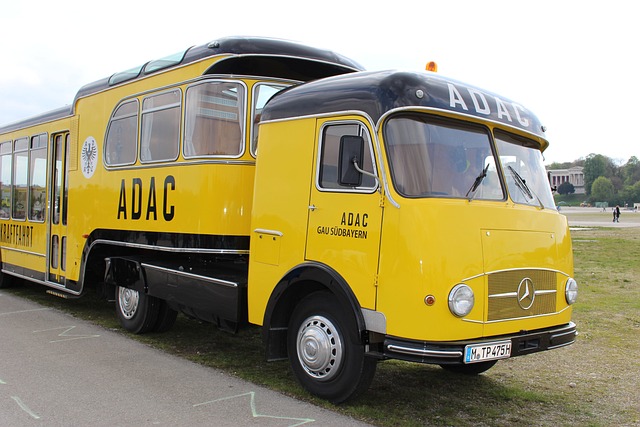Physical Damage Coverage is vital for owner-operators, protecting their primary assets from unforeseen events like accidents, theft, and natural disasters. This comprehensive insurance minimizes downtime and financial losses by covering repairs or replacements for vehicle structural integrity. Proactive risk management through maintenance, security, inspections, and contingency plans further reduces potential losses. After a disaster, adequate physical damage coverage facilitates long-term recovery, enabling smoother transitions towards rebuilding and reopening.
In today’s unpredictable world, safeguarding your assets from unforeseen events is paramount. This article delves into essential strategies for protecting against physical damage coverage, tailored specifically for owner-operators facing unique risks. We explore what this coverage entails, its significance in mitigating potential losses, and practical steps to enhance resilience. Learn about prevention measures, post-disaster recovery processes, and why comprehensive protection is a game-changer for owner-operators navigating an unpredictable landscape.
Understanding Physical Damage Coverage: What It Covers and Why It Matters
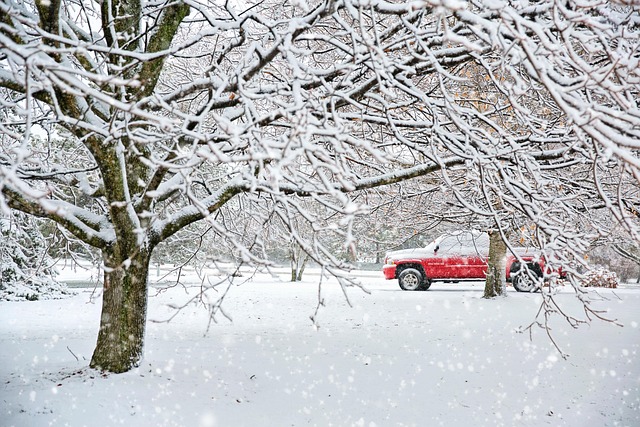
Physical Damage Coverage is an essential aspect of insurance for owner-operators, offering protection against unforeseen events that could cause significant harm to their vehicles and assets. This type of coverage is designed to safeguard against a range of perils, including accidents, theft, and natural disasters. When owner-operators invest in comprehensive Physical Damage Coverage, they gain peace of mind knowing their vehicles are protected from various risks.
Understanding what this coverage entails is crucial. It typically includes repairs or replacements for damage to the physical structure of a vehicle, such as the body, engine, and frame. This protection is vital because it ensures owner-operators can maintain their fleet’s operational readiness. By covering costs related to repair or replacement, Physical Damage Coverage enables businesses to minimize downtime and financial losses resulting from unexpected incidents.
Owner-Operators and Their Unique Risks: Ensuring Comprehensive Protection
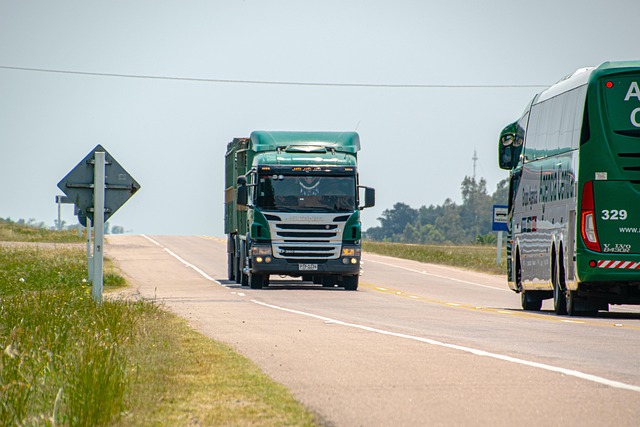
Owner-operators, whether they’re managing a small fleet or running a solo business, face unique risks on the road and during operations. Unlike traditional corporate fleets, their vehicles and equipment are often their primary assets and may not be fully insured by standard policies. This leaves them vulnerable to significant financial losses in case of accidents, theft, or natural disasters that cause physical damage.
To mitigate these risks, owner-operators need comprehensive physical damage coverage tailored to their specific needs. Such insurance plans should include protection for vehicles, machinery, and other assets, as well as liability coverage to safeguard against legal repercussions arising from incidents involving third parties. By ensuring adequate physical damage coverage, owner-operators can maintain the financial health of their business and quickly recover from unforeseen events that could otherwise cripple their operations.
Strategies for Mitigating Risk: Prevention and Preparedness Measures
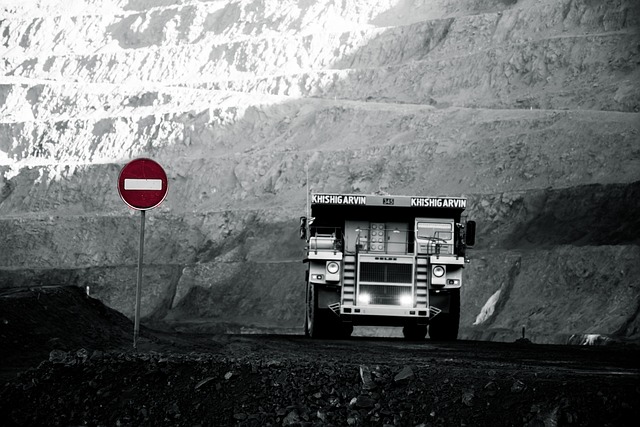
In the realm of safeguarding against unforeseen events, a robust strategy begins with prevention and preparedness. For owners of assets or properties, this involves implementing measures to minimize the likelihood of damage. Regular maintenance checks can prevent physical damage coverage claims by identifying and rectifying issues before they escalate. Simple steps like ensuring proper security systems, secure storage, and regular inspections can go a long way in protecting against theft and accidental damage.
Preparedness also entails having contingency plans in place for unforeseen circumstances, such as natural disasters. This includes backing up critical data, securing essential documents off-site, and equipping vehicles or premises with insurance that covers physical damage. Owner-operators should familiarize themselves with risk assessment tools and consider potential hazards specific to their operations, thereby ensuring they’re adequately prepared and covered.
Post-Disaster Recovery: Navigating Claims and Rebuilding
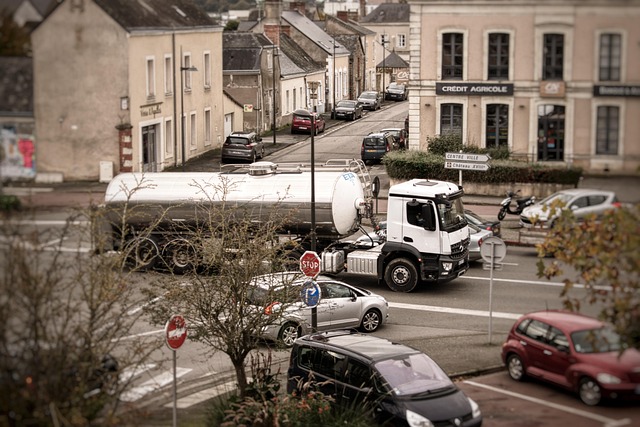
After a disaster strikes, the immediate focus often shifts to survival and emergency response. However, for business owners and owner-operators, the long-term process of recovery and rebuilding is equally critical. This involves navigating complex insurance claims, which can be a daunting task given the extent of physical damage.
Fortunately, comprehensive physical damage coverage can significantly ease this burden by providing financial protection to repair or replace damaged assets. Owner-operators should carefully review their policy terms to understand what is covered and ensure they have adequate protection in place before any potential disaster strikes. This proactive approach enables a smoother transition towards rebuilding and reopening, minimizing the disruption to their operations and helping them recover more swiftly.
In conclusion, understanding and implementing robust strategies for safeguarding against physical damage coverage is paramount for owner-operators. By grasping what this coverage entails and its significance, operators can mitigate risks effectively. Recognizing the unique challenges they face allows for tailored protection, ensuring peace of mind. Moreover, adopting preventive measures and being prepared for potential disasters facilitates smoother post-disaster recovery, enabling businesses to navigate claims efficiently and rebuild stronger than before.
